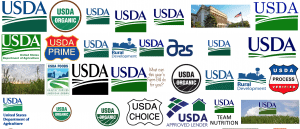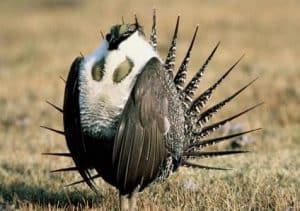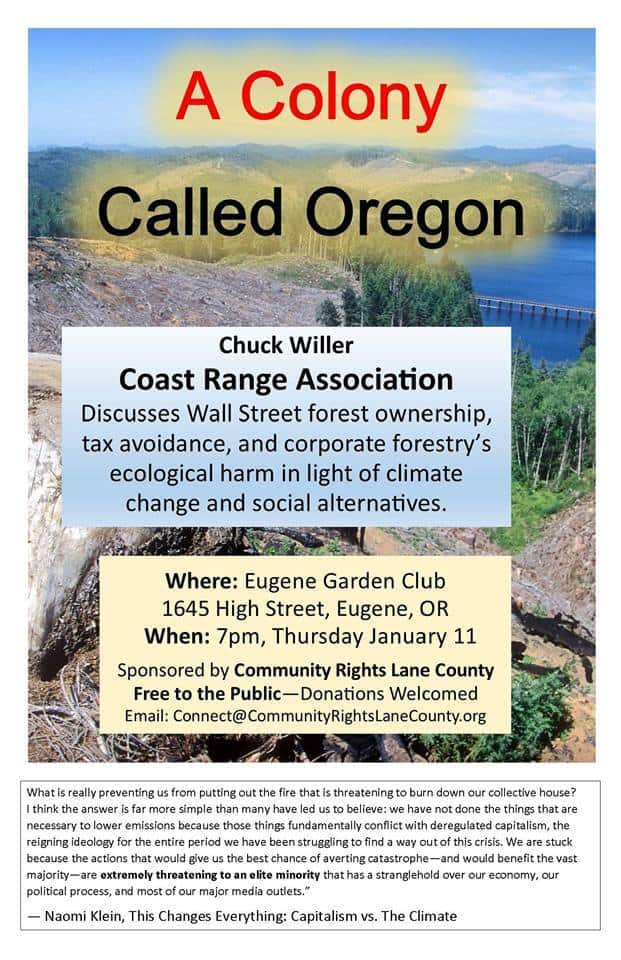Yesterday, Agriculture Secretary Sonny Perdue abolished, in name only, the U.S. Forest Service. Also APHIS, FSA, NRCS, and every other agency under his purview: “From today forward, you will hear all of USDA leadership, from the Office of the Secretary on down, begin to refer to us as OneUSDA. Not as APHIS or as the Forest Service… not as Rural Development or as FAS… and not as distinct agencies sitting in the same office, like FSA, RMA, and NRCS.”
Turns out there is more than one OneUSDA. There’s the 2014 human resources One USDA, which “tries to keep it simple” with “a breath of fresh air that reminds us that sometimes simplicity is the way to go.” And the 2013 “One USDA speaking with One Voice” communications strategy. Then there’s the OneUSDA Digital Strategy, which will:
Ensure that data is open, accurate, clearly described, structured, machine-readable, and digital services are optimized for mobile use . . . Establish more agile acquisition and budget processes that support the procurement and management of digital technologies. . . . Develop additional guidance through policy to address open data, digital signatures, performance and customer satisfaction measurement, and mobile optimization . . . Refine and expand the use of enterprise data taxonomy to standardize commonly used data for business intelligence purposes . . . Develop open data strategy that addresses the framework for sharing critical information at key decision points throughout the entirety of the enterprise . . . Identify, prioritize, and modernize existing data that are not currently available to the public . . . Deploy a virtual dynamic inventory of open data at usda.gov/data, populated by digital agency data inventories . . . Deploy a virtual enterprise geospatial reference repository to promote data quality with metadata best practices, templates, conventions, and other USDA branding standards . . . Provide guidance and training to data SMEs to develop web APIs, structure unstructured content or information, and to incorporate customer feedback for product improvements.
Uh . . . okay.
Here at FSEEE (there is only one) we’ve started an office pool for the date on which a Forest Service receptionist answers the phone “OneUSDA.” You can join the fun by submitting your date in the comment section.



